J. Mater. Chem. A, 2023, Advance Article
DOI: 10.1039/D3TA04074G, Paper
DOI: 10.1039/D3TA04074G, Paper
Han Jiang, Yongqian Du, Xuanyu Liu, Jiangrong Kong, Meiqi Huang, Peng Liu, Tao Zhou
Solid polymer electrolytes (SPEs) present substantial potential for use in solid-state lithium batteries; however, their authentic usability is presently curbed by their inadequate ionic conductivity and restricted lithium-ion mobility.
To cite this article before page numbers are assigned, use the DOI form of citation above.
The content of this RSS Feed (c) The Royal Society of Chemistry
Solid polymer electrolytes (SPEs) present substantial potential for use in solid-state lithium batteries; however, their authentic usability is presently curbed by their inadequate ionic conductivity and restricted lithium-ion mobility.
To cite this article before page numbers are assigned, use the DOI form of citation above.
The content of this RSS Feed (c) The Royal Society of Chemistry

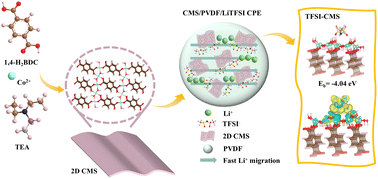
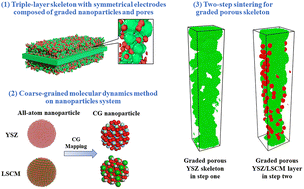
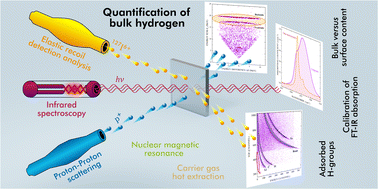
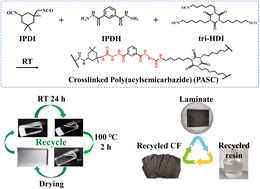
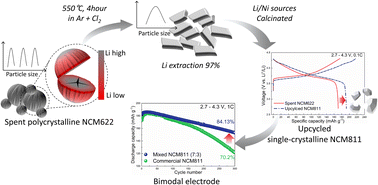

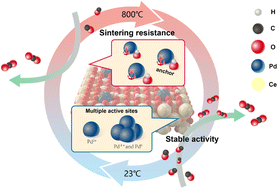
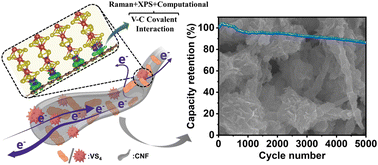
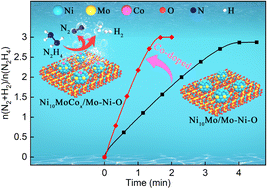
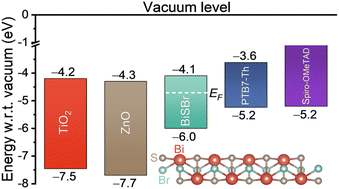
 Open Access
Open Access